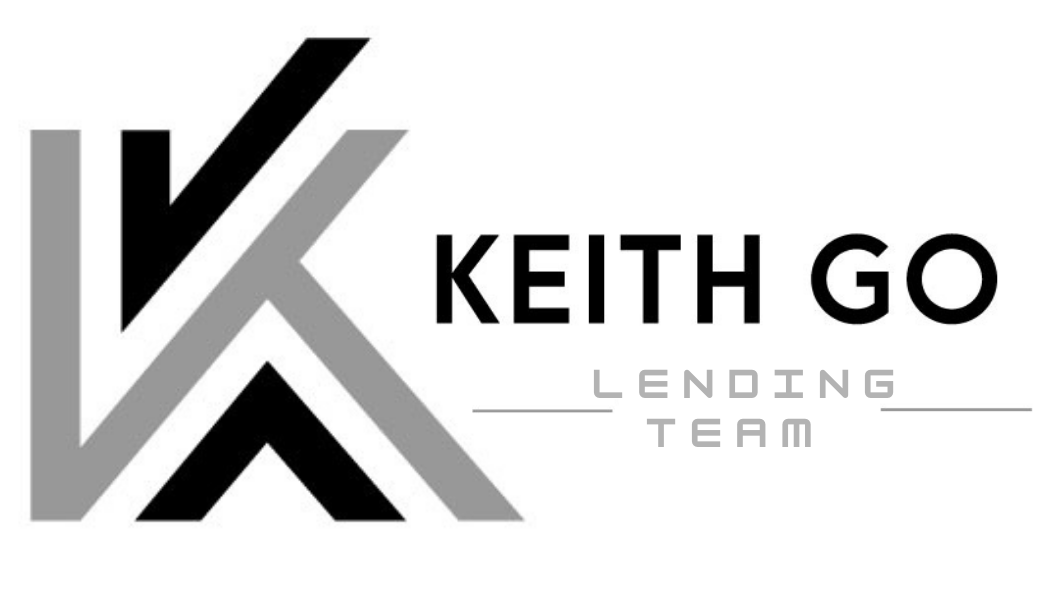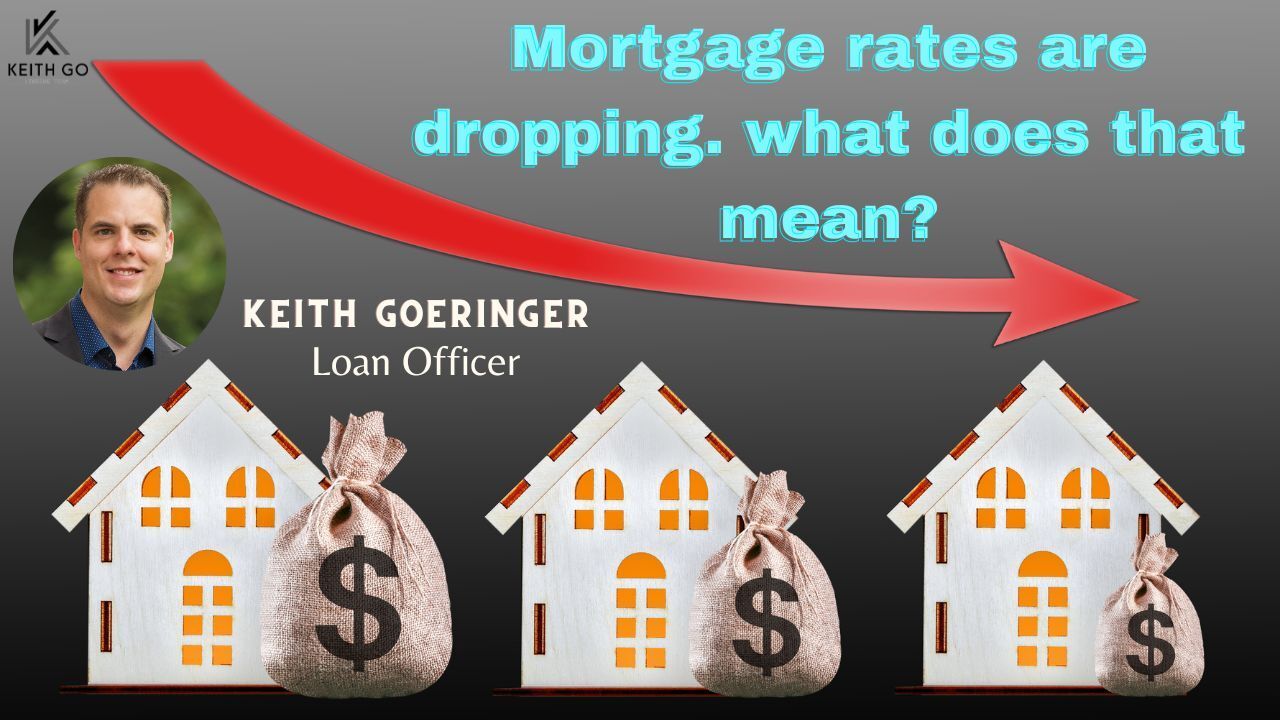How To Get Rid Of PMI (Private Mortgage Insurance)
In tough times, we’re always looking for ways to lower our expenses. One way to do that could be by eliminating PMI (Private Mortgage Insurance) from your monthly house payment. I’m going to show you, step-by-step, exactly how to do that (don’t worry, if you qualify, it’s easy.) But first, let’s cover what it is and why you have to pay it.

Have questions about qualifying for a Mortgage? CLICK HERE
What Is PMI?
PMI is short for Private Mortgage Insurance. It is a type of insurance you have to pay if you have a conventional mortgage (FHA, VA, and USDA loans have their own version), and your initial down payment was less than 20% of your home’s purchase price.
It is a required fee that you’ll most likely pay each month as part of your mortgage payment until you qualify to have it eliminated.
And while the name Private Mortgage Insurance sounds good (hey, it’s insurance, so it protects, you, right?) and there are some good things about it, it doesn’t insure you at all.
How PMI Works
PMI is an insurance policy that you are required to pay for that pays your lender if you default on your loan. In other words, there’s absolutely no advantage for you to keep paying for it if you don’t have to.
PMI typically costs 0.5% – 1% of your loan amount per year, depending on your down payment amount, your credit history, and the type of mortgage you have (PMI rates are usually higher for adjustable-rate mortgages than traditional fixed-rate loans.)
For example, let’s assume you have a $350,000 mortgage and your PMI rate is 1%. Your annual PMI fee would be $350,000 * .01 = $3,500, which would be divided by 12 to get a monthly PMI of $291.67.
Wouldn’t you like to just make that go away and use that almost $300 per month to pay for other things?

How To Get Rid Of PMI
Here’s how getting rid of PMI normally happens. Your mortgage lender will look at your total equity (your down payment plus the total amount you’ve paid towards paying off your loan.) Once your equity has reached 78% of your original purchase price, they’ll automatically eliminate your PMI payment. (This assumes that you’re current on your mortgage payments and don’t have a history of missing payments.)
They also are required to eliminate PMI once you’ve reached the halfway point on your loan (15 years on a 30-year mortgage, 7.5 years on a 15-year mortgage.)
Unfortunately, that takes years to get there.
But there is another way to get rid of PMI that doesn’t take a decade to accomplish…
PMI Can Be Eliminated When Your Equity Reaches 20%
Most mortgages contain a clause that allows you to request cancellation of PMI once you have had your loan for more than 2 years and the amount of your remaining loan balance is less than 80% of the value of your home.
Find the Right Lender. Find the Right Loan. Get Help Now!
In other words, if inflation has increased the value of your home, that amount of increase is considered to be equity in your home.
Most lenders really don’t want to remind you of this, because they get a commission on your PMI payments, so it’s up to you to initiate the process of evaluating your loan to see if you qualify to have PMI removed from your payments.
One thing many existing homeowners don’t recognize is that the value of a typical house in the United States increased by 18.8% just in 2021. And prices increased even more than that in many markets.
So, if you purchased a home before 2021 and are paying PMI because you made a down payment of less than 20% of your home’s value, inflation has very likely increased the value of your home to the point where you may now be able to have your PMI eliminated because your equity has increased to more than 20%!
Note: some other situations could complicate matters, like Fannie Mae and Freddie Mac requiring you to have 25% equity if you’ve had your loan for less than 5 years. And if your loan was FHA or USDA you probably cannot eliminate their version of PMI. You’ll want to ask your lender for more information on your specific loan.
Cool! You probably qualify to get rid of PMI!
That could reduce your house payment by hundreds of dollars per month, which you can spend in other, better ways.
How To Get Private Mortgage Insurance Eliminated From Your House Payment
It’s a simple 2-step process.
1. Contact your mortgage lender and ask them what will be required to remove PMI from your house payment.
Most lenders will require that you write them a letter listing the reasons why you believe it should be removed.
2. The lender will probably ask you to pay for an appraisal of your property.
That will probably cost you $250 – $500
When their analysis and appraisal are complete, they’ll let you know if you qualify and if you do, will eliminate PMI from your future payments.
I’ve personally done this a couple of times over the years, and it feels really good when it happens. It’s like getting a raise! And it’s even sweeter because I know that by taking the initiative and asking, I’ve literally cut years off the payment requirement!
Frequently Asked Questions
What percentage of homeowners are paying PMI?
In 2016, 64% of all purchase mortgages and 33% of refinances paid some form of Private Mortgage Insurance. You’re not alone.
You have questions? We have Mortgage Experts - Ask Here
Besides inflation, are there other ways to get rid of PMI?
Yes, you can reach 20% equity in other ways too, including:
- Paying extra towards your mortgage principal each month,
resulting in faster than normal equity growth
- Significantly remodeling and improving your home
making it more valuable on the market
- Refinancing your home
one element of a refinance is an appraisal. That can trigger the removal of PMI. Be aware, however, that if you do a cash-out refinance, where you are refinancing your home to get money out of your home, that could trigger PMI if your new loan means your equity is less than 20%
Is PMI tax deductible?
Yes, PMI is tax-deductible as of 2021 though this could go away in the future.
How quickly can you get rid of PMI?
Most loans require that you pay PMI for at least 2 years before you can ask for it to be removed.
Conclusion and Action Steps
One of the few advantages of an inflationary environment is that house values increase. That increase could create a situation where your equity on your home is higher than it once was. If that’s your case, and you’re paying PMI on your mortgage, now is a great time to contact your lender and ask to have PMI removed from your mortgage payment.
That simple request could potentially save you hundreds of dollars each month, so we encourage you to do so if you’ve had a conventional mortgage for 2 or more years.
Have Questions About Removing PMI Or Other Mortgage Issues?
We can help! You can Ask Your Question here and we will connect you with a Mortgage Expert in your area that can help,










